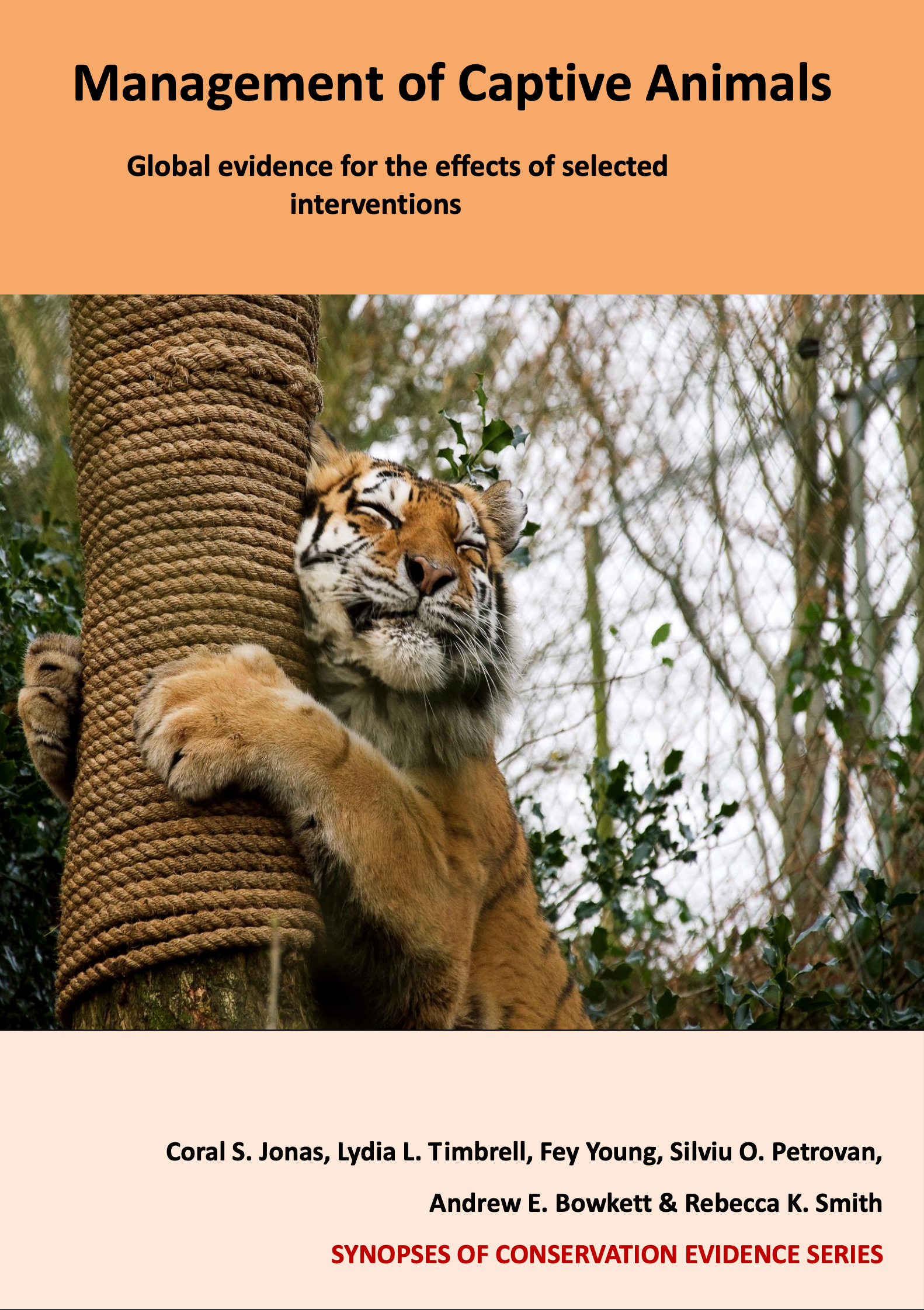Amphibians: Increase caloric intake of females in preparation for breeding
-
Overall effectiveness category Unknown effectiveness (limited evidence)
-
Number of studies: 1
View assessment score
Hide assessment score
How is the evidence assessed?
-
Effectiveness
60% -
Certainty
23% -
Harms
0%
Supporting evidence from individual studies
A before-and-after study in 2009–2012 in New South Wales, Australia reported that allowing female captive southern corroboree frogs Pseudophryne corroboree to gain significant weight before the breeding period, along with separating sexes during the non-breeding period, providing mate choice for females and playing recorded mating calls increased clutch size and decreased egg mortality, although no statistical tests were carried out. At Melbourne Zoo from 2009 to 2010 females were fed a normal diet before the breeding season, average female weight was 2.8 g (range: 1.8–3.7 g) and average clutch size was 17–20/female, with 70–92% egg mortality. In 2011, females were fed more intensively for a further 16 days after the overwintering period, before being introduced to the males. The average female mass was 3.4 g (range: 2.7–4.0 g) and clutch size was 40 with 70% egg mortality. In 2012, females were again separated from the males to be fed more intensively for 14 days. The average female weight was 3.6 g (range: 2.9–4.6 g) and average clutch size was 46, with 27% egg mortality.
Study and other actions tested
Where has this evidence come from?
List of journals searched by synopsis
All the journals searched for all synopses
This Action forms part of the Action Synopsis:
Management of Captive Animals
Management of Captive Animals - Published 2018
Captive Animal Synopsis





)_2023.JPG)














